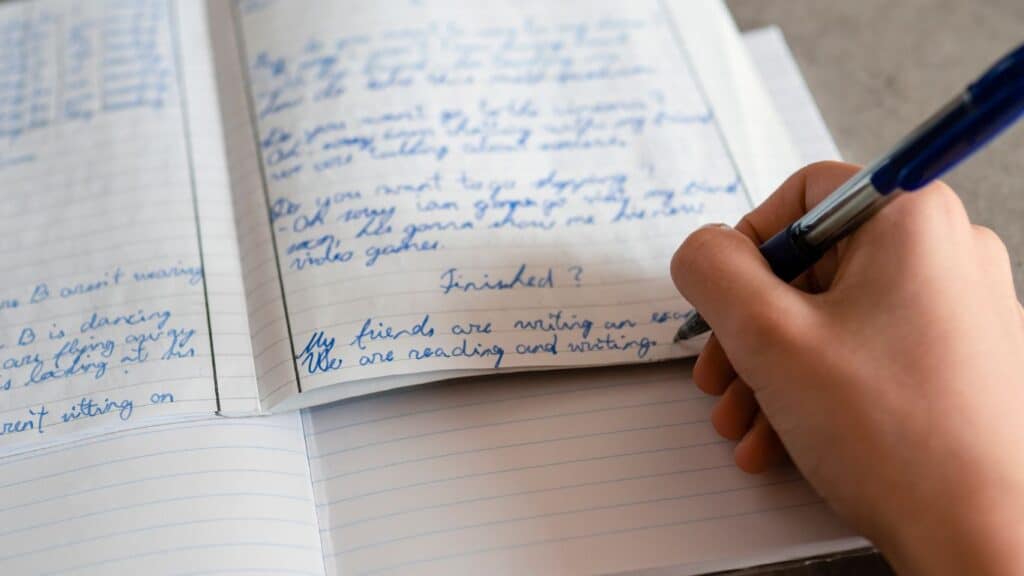What is dysgraphia?
Dysgraphia is a learning disability that affects a person’s ability to write coherently and legibly.
- It is characterized by difficulties with handwriting, spelling, and organizing thoughts on paper.
- People with dysgraphia may have trouble with letter formation, spacing, and maintaining consistent letter size.
- Dysgraphia can also impact a person’s ability to express themselves in writing and may result in slow and laborious writing.
- It is not related to intelligence or lack of effort, but rather a neurological condition that affects the fine motor skills and cognitive processes involved in writing.
What are the common symptoms and characteristics of dysgraphia?
- Difficulty with handwriting, including illegible or messy writing
- Inconsistent letter formation and sizing
- Poor spatial planning on paper
- Difficulty organizing thoughts and ideas on paper
- Slow and laborious writing
- Difficulty with spelling and grammar
- Trouble with fine motor skills and hand-eye coordination
- Avoidance of writing tasks
- Frustration and anxiety related to writing




